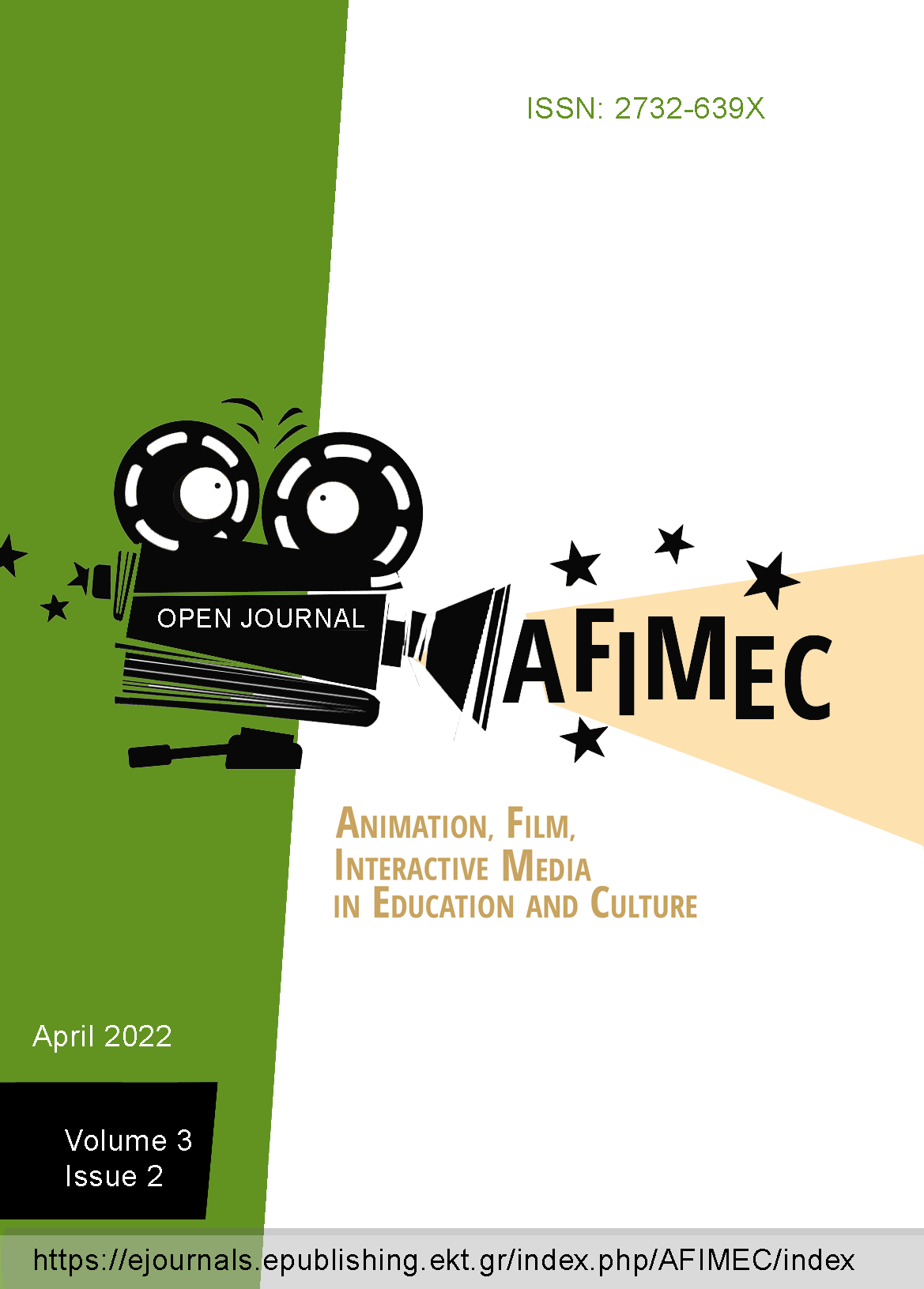Οπτικοποίηση Εκπαιδευτικών Σεναρίων στο πεδίο των Φυσικών Επιστημών με δυνατότητες διαδραστικής παιχνιδοποίησης (Gamification) και animation
Аннотация
Το άρθρο επικεντρώνεται στις δυνατότητες που δίνουν διαδραστικές εφαρμογές animation παιχνιδιών επαυξημένης πραγματικότητας στην εκπαιδευτική διαδικασία.
Εξετάστηκαν αρχικά οι δυνατότητες της επαυξημένης πραγματικότητας σε θεωρητικό υπόβαθρο και εντοπίστηκαν τα παιδαγωγικά οφέλη από την χρήση της στην εκπαιδευτική διαδικασία και οι πιθανοί περιορισμοί που υπάρχουν.
Ερευνήθηκε η συμβολή του διαδραστικού animation στην εκπαίδευση των Φυσικών επιστημών και αναλύθηκαν οι δυνατότητες που παρέχουν οι προσομοιώσεις μέσω επαυξημένης πραγματικότητας.
Παρουσιάστηκε ο όρος της παιχνιδοποίησης και αναφέρθηκαν τα πλεονεκτήματα από την χρήση και την εφαρμογή των μηχανισμών παιχνιδοποίησης στην διαδικασία της εκπαίδευσης.
Τα συμπεράσματα που προέκυψαν μέσω της ποιοτικής έρευνας που πραγματοποιήθηκε, βοήθησαν στο να δημιουργηθεί μια πιλοτική εφαρμογή επαυξημένης πραγματικότητας με χρήση διαδραστικού animation με στοιχεία παιχνιδοποίησης.
Article Details
- Как цитировать
-
Αγγελίνας Σ. . (2022). Οπτικοποίηση Εκπαιδευτικών Σεναρίων στο πεδίο των Φυσικών Επιστημών με δυνατότητες διαδραστικής παιχνιδοποίησης (Gamification) και animation. Open Journal of Animation, Film and Interactive Media in Education and Culture [AFIMinEC], 3(2). https://doi.org/10.12681/afiinmec.30071
- Выпуск
- Том 3 № 2 (2022): afimec
- Раздел
- Articles
- Οι Συγγραφείς διατηρούν τα Πνευματικά Δικαιώματα και χορηγούν στο περιοδικό το δικαίωμα της πρώτης δημοσίευσης ενώ ταυτόχρονα τα πνευματικά δικαιώματα της εργασίας προστατεύονται σύμφωνα με την Creative Commons Attribution License που επιτρέπει σε τρίτους - αποδέκτες της άδειας να χρησιμοποιούν την εργασία όπως θέλουν με την προϋπόθεση της διατήρησης των διατυπώσεων που προβλέπονται στην άδεια σχετικά με την αναφορά στον αρχικό δημιουργό και την αρχική δημοσίευση σε αυτό το περιοδικό.
- Οι Συγγραφείς μπορούν να συνάπτουν ξεχωριστές, και πρόσθετες συμβάσεις και συμφωνίες για την μη αποκλειστική διανομή της εργασίας όπως δημοσιεύτηκε στο περιοδικό αυτό (π.χ. κατάθεση σε ένα ακαδημαϊκό καταθετήριο ή δημοσίευση σε ένα βιβλίο), με την προϋπόθεση της αναγνώρισης και την αναφοράς της πρώτης δημοσίευσης σε αυτό το περιοδικό.



